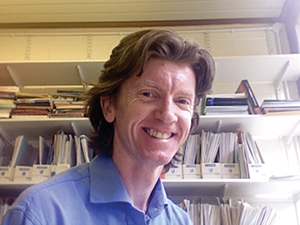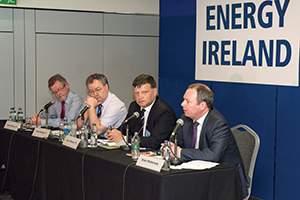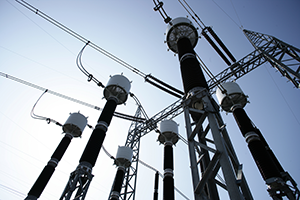
Involving the community in energy transformation
25th September 2015
Political parties’ energy priorities
25th September 2015Growing sustainably by connecting Europe

Friends of the Supergrid’s Deputy CEO Marta Navarrete discusses how the grid can contribute to the energy union and the issues that it faces.
Europe needs a strong grid that is able to interconnect its different internal markets to increase security of supply and to integrate renewables, argues Friends of the Supergrid’s Marta Navarrete.
The Brussels-based association was created five years ago as an industrial alliance promoting more interconnections in Europe. “We represent the whole supply chain with an interest in interconnection,” she explains. FOSG members represent an annual turnover of €200 billion and one million jobs.
It was an ambition pushed forward by Irishman Eddie O’Connor, former president of Friends of the Supergrid (FOSG). “He had this idea, this vision and he contacted several companies and they decided to set up this association to promote the needed regulatory changes at European level to bring forward this vision,” says Navarrete.
“The ultimate goal will be to make this supergrid a reality – to have a real interconnection project but it is a long-term goal,” Navarrete admits.
For FOSG, the supergrid is an essential element of the energy union.
It will help countries to meet national and EU targets for the decarbonisation of Europe’s power sector: 20 per cent by 2020 and 90 per cent by 2050. Using high voltage direct current (HVDC) technology, energy loss will be reduced and for the consumer, the supergrid will help to reduce energy costs.
Its desired objectives are to:
• integrate all renewable energy into the continent’s energy mix;
• bring renewable resources across long distances to load centres throughout Europe;
• balance Europe’s electricity network and enhance security of supply;
• create a global opportunity for European companies to export sustainable energy technology and create new highly skilled jobs; and
• enhance the single European electricity market.
North Sea project
The supergrid has to be built piece by piece. The north sea offshore electricity grid is “a first step…like a first section”.
FOSG believes the supergrid to be the most economical way of integrating renewable energy and connecting all of the countries around the North Sea. It will involve the creation of “supernodes” to collect, integrate and route energy sources to the best available markets.
Navarrete sees “enormous wind potential in the North Sea that is untapped.”
There is not a grid built there yet whereas in continental Europe there is already a grid based on AC technology. Connecting the offshore wind potential to European consumption centres could potentially generate 8 per cent of Europe’s power by 2030.
She reasons: “If we have to start from scratch building this grid, it makes sense to build it in a co-ordinated way involving all the countries around the table and building the grid in an efficient way.”
After the North Sea, the grid would be replicated in other parts of Europe.
Barriers
Regulatory barriers in the form of complex permitting procedures, national regulation and uncoordinated regional network planning mean that actual progress on the project has been limited. Added to that is a lack of political commitment and mistrust due to the potential wealth transfer.
“We see that permitting is a very big problem – it takes more than 10 years to build an interconnection. From the point of view of investors, it is too long,” Navarrete explains.
The infrastructure projects required range in size involving anything from millions of euro to €2 billion. “If it takes 10 years to build a line, and you only start recovering the investment once the line has been built, it is a huge risk for investors.”
Technology is not an issue, Navarrete highlights. “Europe is in the middle of a technological revolution. Europe has a lot of companies that are already leaders in energy technologies. But, we need to develop a market so that these companies can deploy these technologies and it will bring jobs, it will economic growth in general.”
Other issues that need resolved include who will operate and regulate the supergrid and who will own new assets.
What FOSG wants is a long-term vision from Europe – a harmonised energy policy for supergrid projects. While targets for 2030 have been adopted at European level “we don’t know how this will be adopted at national level because it hasn’t been decided yet.”
As there is no governance system in place, Navarrete concludes that there are many open questions which makes it difficult for investors.


